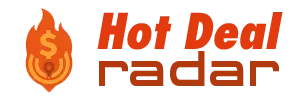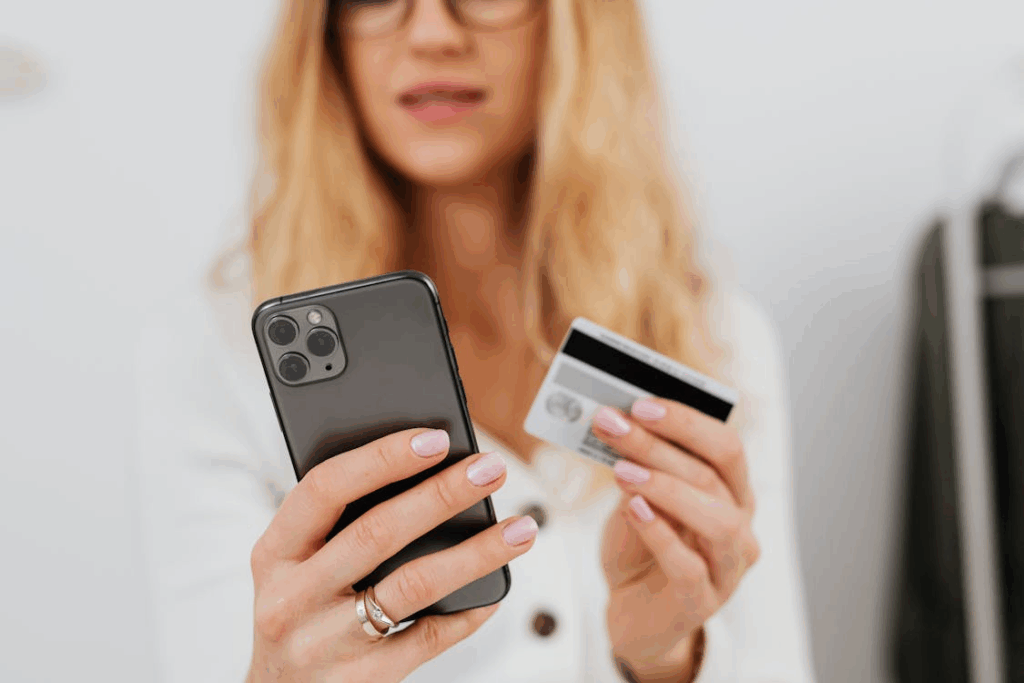The thrill of snagging a bargain is hard to resist. Flashing countdowns, bold “limited time only” signs, and vanishing stock alerts all play into it. That’s the psychology of flash sales at work. It’s the art of pushing shoppers to act before they think. But urgency is a tool, not a trap, once you learn how it works.
Let’s break down why retailers use it and how you can outsmart it.
Flash Sale Psychology: Why It Works
Flash sales succeed because they’re designed to push buttons in your brain. Retailers rely on urgency marketing tactics that trigger emotions faster than logic. The less time you feel you have, the more likely you are to act.
The scarcity principle in retail tells us that when something looks rare, its value increases in our minds. That’s why “only three left in stock” feels like a must-buy signal even if it’s just a marketing trick.
Consumer Impulse Buying
Ever wonder why you click “buy” on a deal you didn’t plan to shop for? It’s classic consumer impulse buying. Your brain gets a hit of dopamine at the thought of scoring a bargain, especially during timed events. Retailers know this and structure sales to maximize the rush.
Researchers note that emotional triggers in retail, such as excitement, FOMO, and even anxiety, are what drive these quick decisions. Without time to pause, shoppers often trade caution for thrill.
Countdown Timer Sales and Fear of Missing Out
Nothing stirs action like a ticking clock. Retailers rely on countdown timer sales to keep shoppers glued to the page. Each second gone feels like a lost opportunity. Pair that with “only two left” banners, and you’ve got the perfect recipe for fear of missing out on shopping.
This effect is no accident. Studies show that limited-time offer psychology increases the feeling of scarcity, which clouds rational decision-making. When urgency rises, so does spending.
For a closer look at how retailers nudge you, check out 10 Retail Tricks That Make You Spend More (and How to Outsmart Them).
The Role of Social Proof
Flash sales also lean on the crowd effect. Ever notice a box that says “128 people are viewing this now” or “Best Seller Today”? That’s social proof at work. It makes the deal feel trustworthy and time-sensitive at the same time.
Add in flashy design and urgent colors like red or orange, and you’ve got a digital environment engineered to fast-track spending. Urgency tactics combined with scarcity cues are among the most effective tools in e-commerce.
Smart Shopping Strategies
Knowing the tricks is the first step. The next step is putting smart shopping strategies in place to protect your wallet. Here are a few that work:
- Pause before purchase: If a countdown stresses you out, step away and revisit the deal later. If it’s gone, another will come.
- Use price-tracking apps: Tools can tell you if a “deal” is real or inflated. For a comparison of tech tools, see Do Price-Tracking Apps Actually Work? A Side-by-Side Test.
- Compare across retailers: A sale is only meaningful if the discount beats competitors.
- Stick to lists: Entering a flash sale with no plan is like shopping hungry, which often leads to regret.
- Check return policies: Some flash sale sites don’t offer returns, which makes impulse buys riskier.
These habits reduce the risk of falling for shopping FOMO while keeping the excitement of scoring good deals intact.
Outsmarting the Urgency Game
The psychology of flash sales is about manipulating urgency. Retailers craft environments where scarcity feels real, timers push stress, and emotions override reason. But you don’t have to play by their rules.
Once you understand the blend of flash sale psychology and urgency marketing tactics, you gain control. By pausing, comparing, and setting boundaries, you transform flash sales from budget breakers into smart opportunities. The key is balance: enjoy the thrill, but never let the timer control your choices.




